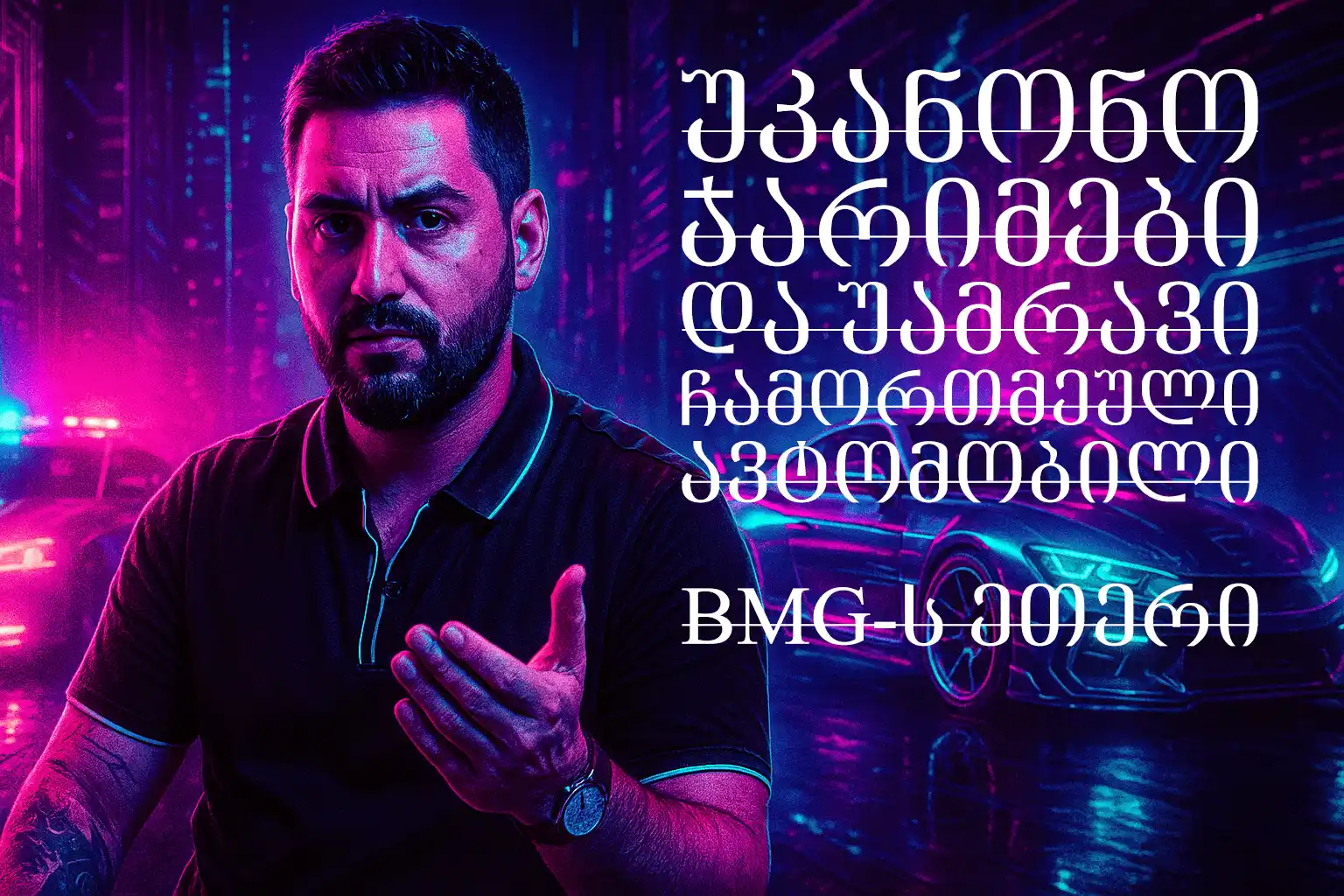
Noisy cars and the labyrinth of the law: drivers in a legal impasse
Fighting Noise with the Wrong Law: A Full Legal and Social Analysis
An ordinary citizen, a car enthusiast busy with their own life, is not expected to know how to read and interpret the law. Furthermore, we lawyers are often reluctant to discuss problems publicly, which unfortunately creates a space for unqualified individuals to encroach upon the competence of jurists and speak about the law as if they understand it. Therefore, I will use this opportunity to offer an explanation of the law and the context surrounding it.
Problem Definition: What Issue Should the Law Address?
We all agree that the main problem is vehicle noise during nighttime hours, which greatly disturbs the public. The laws we are discussing must be evaluated in relation to this goal. It is noteworthy that we have two relevant laws (both existed previously but have been amended).
- The Law on Noise That Doesn’t Work (Article 119, Part 3⁴ of the Administrative Offences Code)
This part of the law directly establishes liability for operating a vehicle whose noise during operation exceeds the “norm established by the legislation of Georgia.”
The Main Flaw: The law is practically unenforceable because, to this day, there is no subordinate normative act that establishes specific permissible noise limits. Without this, the law’s requirement is abstract and creates a legal dead-end. Consequently, this law, which should directly regulate the noise problem, is effectively “impotent.” - The Law That Is Being Misapplied (Article 119, Part 5 of the Administrative Offences Code)
This is the provision that has become a subject of intense debate and problems. It prohibits the operation of an arbitrarily modified vehicle. A violation is considered any modification to the vehicle’s structure that does not comply with road safety requirements and/or the manufacturer’s standards.
Analysis: Why Is This Approach Fundamentally Flawed?
A) Problems with the Law’s Purpose and Logic:
The law contains no mention of noise. Its declared purpose is safety.
Of the factors that can be grounds for a fine (fuel tank, body, muffler, etc.), theoretically, only the muffler can be a source of increased noise.
If a modification to the vehicle’s structure is so significant that it creates safety risks, it should be flagged during the periodic technical inspection. This raises the question: What does this law actually solve? It only addresses theoretical cases where a vehicle has passed inspection but still violates safety norms.
B) Violation of Fundamental Legal Principles:
Violation of the Principle of Legal Predictability: The phrase “does not comply with the manufacturer’s standards” is extremely vague, giving patrol officers the discretion to make arbitrary decisions.
Violation of the Principle of Equality: A new, factory-loud sports car is legal, while an older car with a high-quality, but non-original (and possibly quieter) muffler, is considered a violation. The focus is not on the actual result (noise) but on a formal characteristic (origin of the part).
The Vicious Cycle: Enforcement Practices and Their Social Consequences
Since the law directly regulating noise is ineffective, the Ministry of Internal Affairs is using the other law, which does not concern noise at all, to supposedly “solve” the noise problem. This creates a vicious cycle with severe socio-economic consequences.
A Financial Trap for Citizens: The fine, impound lot fees, and the cost of rectifying the modification are a heavy burden for the driver. This cost is usually less than hiring a lawyer and engaging in a years-long court battle. Therefore, most prefer to pay the fine and comply, despite feeling it is unjust.
Restricted Access to Justice and Suppression of Protest:
Thanks to our government, specifically the so-called “transparency” or “Russian law,” the resources of non-governmental organizations that provided free legal aid to citizens for appealing such disputed fines have been virtually eliminated.
Furthermore, it must be understood that protests that do not pose a threat to the government are ignored. Meanwhile, protests that are considered a threat are effectively banned in the country due to fines of 5,000 GEL.
These factors combine to create a system where the citizen is left virtually alone to face the state’s questionable decisions, with no effective mechanisms for resistance.
Final Conclusion
The current situation creates a vicious cycle where a real problem (noise) is being addressed with the wrong legal instrument. The state’s goal should not be what is installed on the vehicle, but how it performs. The solution is to establish specific, measurable noise norms and equip the patrol police with the appropriate technology.
Until this happens, the law will remain an instrument of injustice, subjective enforcement, and infringement upon citizens’ rights.
